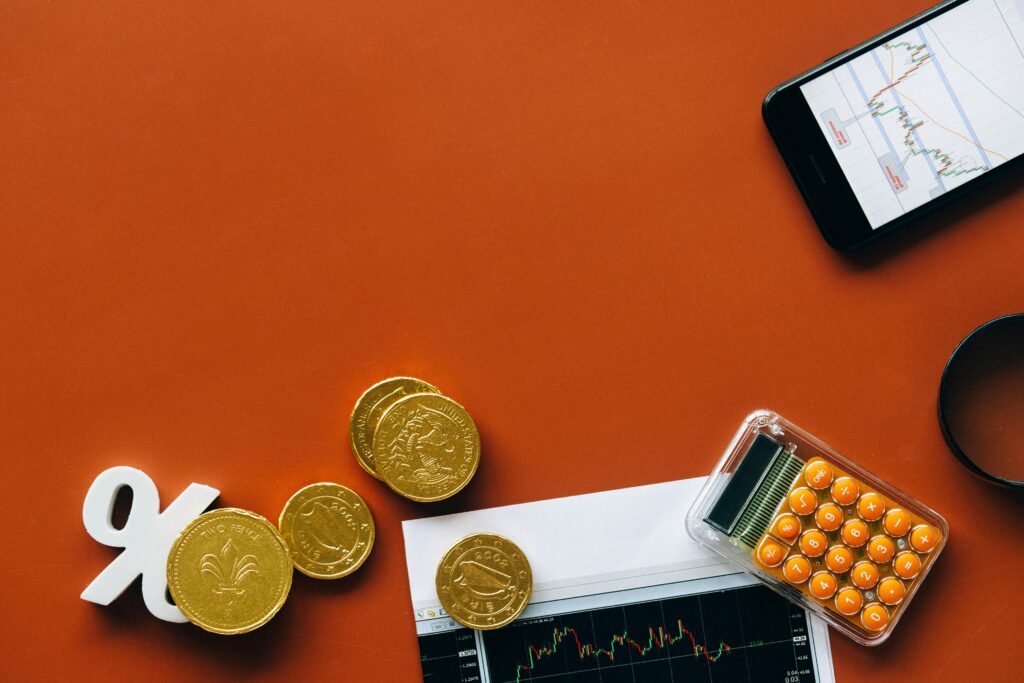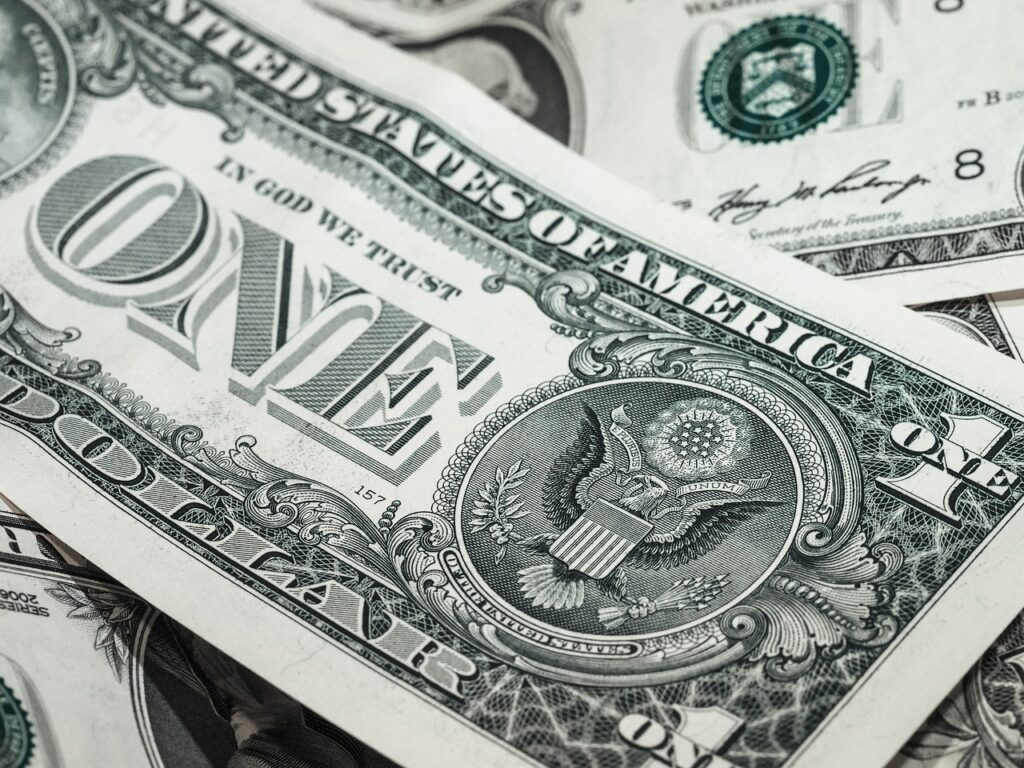“The biggest risk is not knowing what you’re doing.” – Warren Buffett
Introduction: Risk Is Not the Enemy, Blindness Is
Most people fear risk.
But risk isn’t the real problem.
Unseen risk is.
You can’t protect your capital if you don’t know what threatens it. In the world of investing and trading, especially in volatile markets like forex, crypto, or penny stocks. Risk management isn’t just a strategy. It’s survival.
This article isn’t about flashy systems or fear-based tactics.
It’s about how to build a financial mindset that protects what you earn and helps you last long enough to win.
Understand This First: Money Is Emotional, Risk Is Rational
You don’t fear losing money.
You fear what losing money will mean, to your identity, status, or future.
That’s why emotional control is the first risk management tool.
Ask yourself:
- Can I handle being wrong 5 times in a row?
- Can I detach my self-worth from my bank account?
- Do I have a system, or am I improvising?
“You don’t rise to the level of your goals. You fall to the level of your systems.” – James Clear
The system starts with how you think about risk.
Risk Is Not What It Seems: Volatility ≠ Danger
Most traders confuse volatility with danger.
But volatility is just noise. Risk is permanent loss.
Volatility makes you uncomfortable.
Risk makes you broke.
Timeless Rule:
Risk is what’s left after you’ve thought of everything.
So always assume there’s something you’re not seeing.
This mindset forces humility, not fear.

Position Sizing: The Unsung Hero of Survival
Position sizing is the most boring, but most powerful risk tool.
If you risk 10% per trade, it only takes 5 losing trades to lose half your account.
If you risk 1%, you can lose 20 times and still be in the game.
Key Rule:
“Risk 1–2% of your capital per trade. Always.”
It’s not about missing the big win.
It’s about staying in the game long enough to get lucky once.
Stop Losses: Discipline in Disguise
The best stop loss is the one you don’t move.
Beginners place a stop loss with their mouse.
Professionals place it with their convictions.
Set your risk before the trade, not during it. The moment you start adjusting based on emotion, you’re not trading, you’re hoping.
Hope is not a strategy. Risk management is.
Diversification: Your Silent Bodyguard
Imagine putting your entire net worth into one stock, one coin, one forex pair.
Now imagine it going to zero.
That’s not bold. That’s careless.
Diversification doesn’t make you rich. It keeps you from going poor.
It spreads your exposure so no single failure breaks you.
“You want to own things that don’t die when the same thing kills everything else.”
The Role of Cash: Optionality Over Optimism
Holding cash doesn’t mean you’re scared.
It means you value options over blind commitment.
Cash is dry powder. It’s the ability to buy opportunity when others are selling panic.
In the long run, the investor with flexibility outlasts the one with max exposure.
Know Your Maximum Drawdown Before It Happens
Most traders panic when their account drops 10–20%, not because it’s too much, but because they never planned for it.
You need to define:
- Your maximum daily loss
- Your weekly circuit breaker
- Your mental recovery strategy
If you don’t know how much you can lose before you break, the market will find that number for you.

Journaling: The Mirror That Saves You
You can’t manage what you don’t track.
A trading journal gives you visibility.
It shows patterns, bad habits, and how often you violate your own rules.
My Personal System:
I use a structured journal after every trading day that logs:
- Entry, exit, size, setup
- Emotion before and after
- Why I placed the trade
- Whether I followed my plan
If you want a copy of my journal format, Access the Reborn Trading Journal Here
9. Don’t Just Manage Risk. Respect It.
The greatest investors, Warren Buffett, Ray Dalio, Paul Tudor Jones aren’t fearless.
They’re risk-aware.
They know that your biggest threat isn’t the market. It’s your overconfidence.
Risk management isn’t for when things go wrong.
It’s for when things go right but you think they always will.
Key Takeaways (Bookmark This)
| Principle | Rule |
|---|---|
| Risk Per Trade | 1–2% max |
| Stop Loss Discipline | Set before entry, never move emotionally |
| Maximum Drawdown | Define your pain threshold in advance |
| Diversification | Never bet it all on one outcome |
| Emotional Awareness | Journal every day. Track mindset + performance |
| Cash Reserves | Hold 10–30% cash depending on volatility |
| Recovery Rule | If you hit -5% day, stop trading. Reflect before continuing. |

Ready to Upgrade Your Trading Mindset?
If this article helped you see trading psychology in a new light, imagine what a consistent mental edge could do for your results.
Subscribe to my free newsletter, where I share weekly insights on:
- Trading psychology
- Mindset mastery
- Emotional discipline for high-pressure markets
As a thank-you, I’ll send you my exclusive PDF guide:
“7 Mental Habits of Consistently Profitable Traders”
This free resource reveals the daily mindset rituals top traders use to stay sharp, focused, and in control, no matter what the market throws at them.
Subscribe now and get your free guide.
FAQs
What is risk management in trading?
Risk management in trading refers to the strategies and practices used to minimize losses and protect capital. This includes techniques like position sizing, stop-loss orders, diversification, and emotional control.
How much should I risk per trade?
Most experts recommend risking no more than 1–2% of your trading capital per trade. This allows you to withstand multiple losses without damaging your account.
Why is emotional discipline important in trading?
Emotional discipline prevents impulsive decisions, overtrading, and revenge trading. It helps you stick to your trading plan, manage losses calmly, and maintain long-term consistency.
What is a trading journal and how does it help?
A trading journal is a structured log where traders record their trades, emotions, mistakes, and lessons. It helps identify patterns, improve decision-making, and strengthen self-awareness.
Is diversification really necessary in short-term trading?
Yes. Even in short-term trading, diversifying strategies or asset classes helps reduce risk and prevent a single bad trade or market event from wiping out your capital.
Should I hold cash in my trading account?
Yes. Holding 10–30% in cash provides flexibility, psychological safety, and the ability to capitalize on future opportunities without rushing into poor trades.
Disclaimer: This content is for informational and educational purposes only and should not be considered financial or investment advice. Penny stock trading involves a high level of risk, and you should do your own research or consult with a licensed financial advisor before making any investment decisions.
